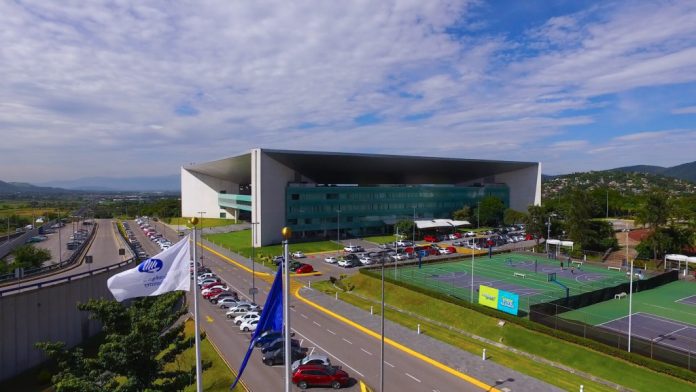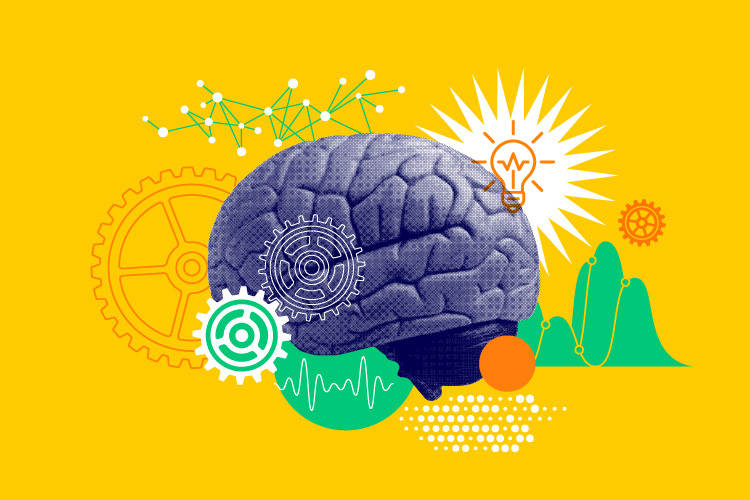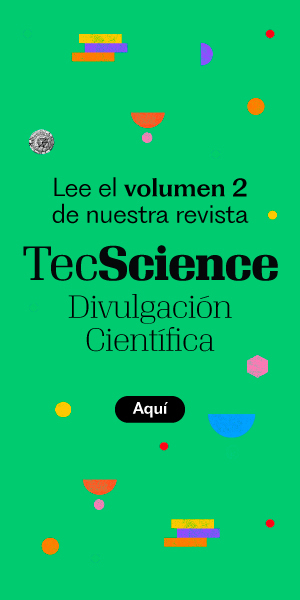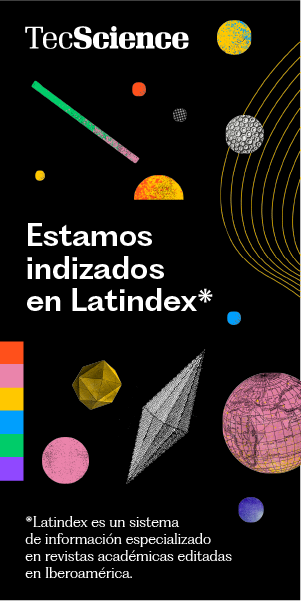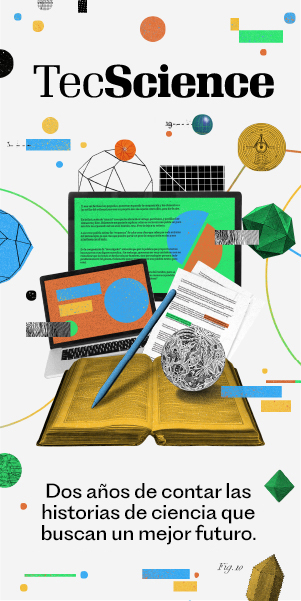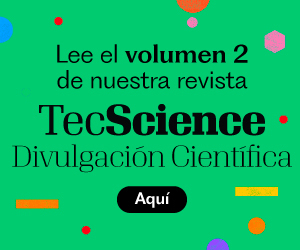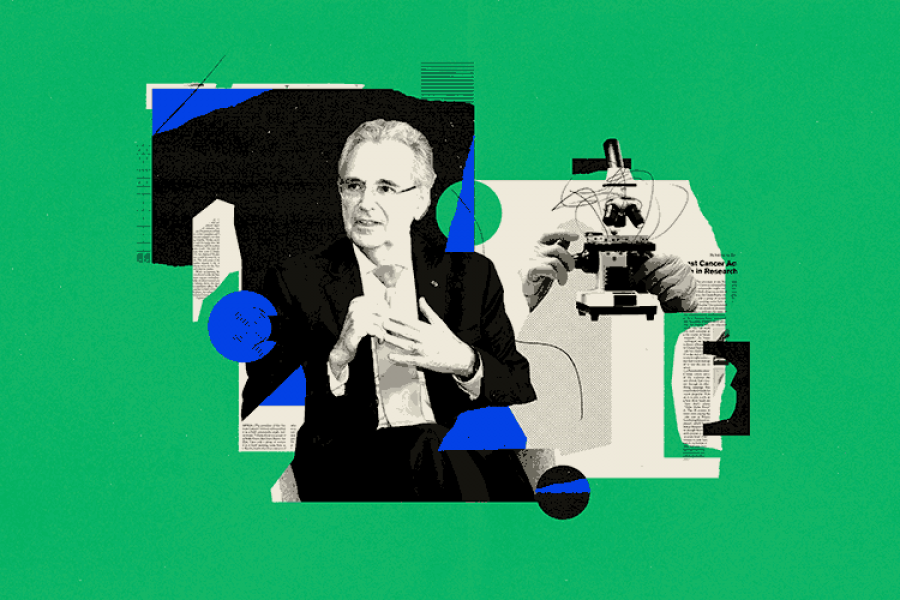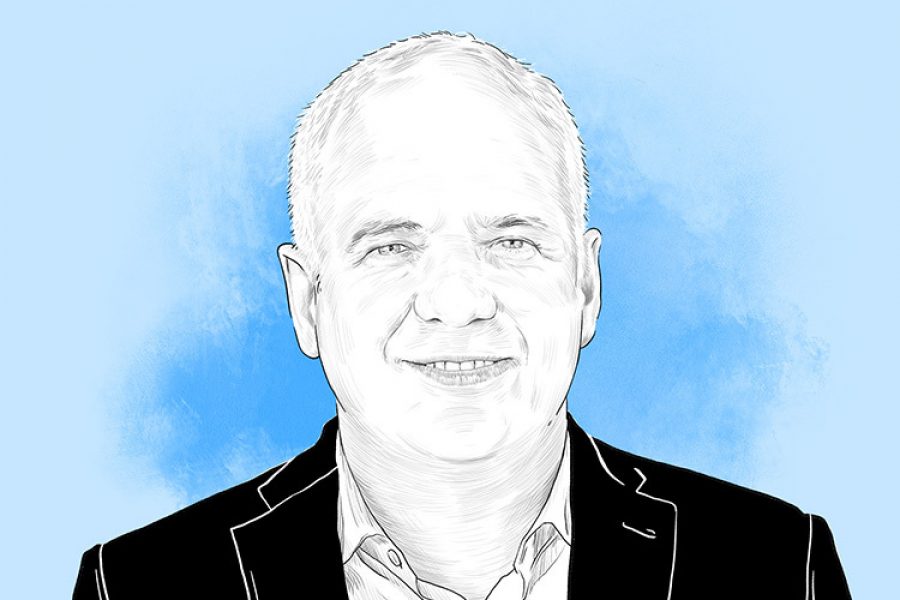The concept that age is just a number has acquired a new scientific meaning at the Healthy Longevity Symposium, organized by the School of Engineering and Sciences in collaboration with TecSalud. Researchers, doctors, and academics gathered at Zambrano Hellion Hospital to share studies showing how biological age and chronological age often tell different stories.
The talks covered a variety of topics affecting the health of millions of Mexicans, from adolescent obesity to menopause and heart failure. Despite the wide range of studies, the focus was on how to improve the lives of a population that is increasingly living longer.
The First Data
As we age, it’s common to assume that our cognitive abilities inevitably deteriorate. However, there exists an extraordinary group of people who challenge this idea. They are known as SuperAgers: individuals aged 80 or older whose memory and mental sharpness remain at the level of an average middle-aged person.
“They were already COVID-19 survivors and survivors of many other situations. So, what’s interesting for these studies is to see how they have managed to survive and reach this age,” said Rocío Ortiz, who presented the oriGen Biobank database.
OriGen aims to collect genetic and health data from 100,000 Mexicans to generate knowledge for prevention, diagnosis, and treatment of the population. Through a 500-question survey and a team that goes door-to-door throughout Mexico, they have gathered more than 87,000 samples. They expect to complete the collection in August of this year.
Ortiz presented some initial data that tells a story of biological resistance. Among elderly participants, including individuals in their 90s and even one who is 108 years old, researchers found metabolic markers closer to normal ranges than their middle-aged counterparts.
One example that Ortiz highlighted was how SuperAgers appear to have triglyceride levels that normalize with age to lower levels than subjects between 40 and 80 years old. “These levels are interestingly very close to normal, and we see this constantly,” said Ortiz.
The same pattern is observed in fat levels, which are reported as lower in individuals over 81 than in younger age groups. Similarly, with muscle mass percentage, which begins to level off at common levels in the 51-60 group after age 81.
They haven’t yet reached the data analysis stage, but the samples serve as a starting point for important lines of research on elder populations.
“It’s not just about asking questions of the database, but asking it correctly and asking it several questions,“ Ortiz concluded.
Childhood Obesity and Early Aging
Biological age can also be influenced by various cumulative factors, including genetic, epigenetic (i.e., changes in gene expression), molecular, and environmental factors. For example, a condition of persistent obesity from childhood or adolescence accelerates biological aging in people from childhood, commented Erika Castaño, a researcher at the Institute for Obesity Research.
For instance, such a case can be triggered by maternal obesity; during fetal development, epigenetic programming in adipose tissue can occur, increasing the risk of this condition in children who, despite their young age, exhibit metabolic markers similar to those of older adults. Early metabolic damage can lead to children developing conditions that will accompany them throughout their lives, such as type 2 diabetes or fatty liver.
“Why is obesity related to premature aging? Some studies have established that the metabolic markers of a person with aging, regardless of their nutritional status, coincide with those of someone with obesity,” said Castaño.
Another example that reflects accelerated aging is that of women with obesity who may have earlier menopause.
Currently, research teams are seeking to identify predictive biomarkers that help determine the mechanisms of premature aging. Castaño mentioned the case of Paulina Correa, a researcher at the Human Nutrition Unit of UChile, who leads a project in Chile that examines how an obesogenic environment affects people’s metabolic health from birth.
The study has a record of blood samples from people’s childhood, allowing them to be compared with biomarkers in their adulthood. This method seeks to measure the epigenetic clock of adults who have presented—or not—childhood obesity. People with biological deceleration can present cognitive and physical capabilities similar to those of young people up to 14 years younger. “A genetic analysis can be done and biomarkers established that serve to prevent (accelerated aging),” she added.
Menopause and Cardiovascular Health
Using preclinical models, Julieta Palomeque discovered that menopause does not necessarily lead to cardiovascular vulnerability in women.
The initial results, modeled in rats, show how female hearts possess protective mechanisms beyond the well-known cardioprotective effects of estrogen. Her studies used fructose-rich diets that induced prediabetes and cardiac abnormalities in male animals. Female rats with the same diet showed remarkable resistance to the same metabolic and cardiac damage.
Even when estrogen was removed through ovariectomy, simulating menopause in humans, female rat hearts remained protected against cardiac damage, although they did develop glucose intolerance.
This research suggests that women possess protective mechanisms that activate when estrogen levels decrease. Her team identified specific receptors that appear to compensate for that estrogen loss, potentially explaining why some postmenopausal women maintain better cardiovascular health than expected.
“These receptors could represent a therapeutic target for studying the cardiac protection we observe in menopause,” explained Palomeque.
She also emphasized the importance of studying both sexes in aging research. “To really find differences between males and females, you have to do studies dedicated to finding those differences,” she said at the end of her talk. This approach can not only unlock new therapeutic targets but also preventive strategies at various levels of aging.
The findings shared by researchers through ten different presentations have profound implications for how we understand and approach advanced ages. Instead of viewing age-related decline as inevitable, the collaborations presented suggest that some individuals, through genetics, lifestyle, or environmental factors, can maintain biological youth into their later decades.
¿Te interesó esta historia? ¿Quieres publicarla? Contacta a nuestra editora de contenidos para conocer más marianaleonm@tec.mx


